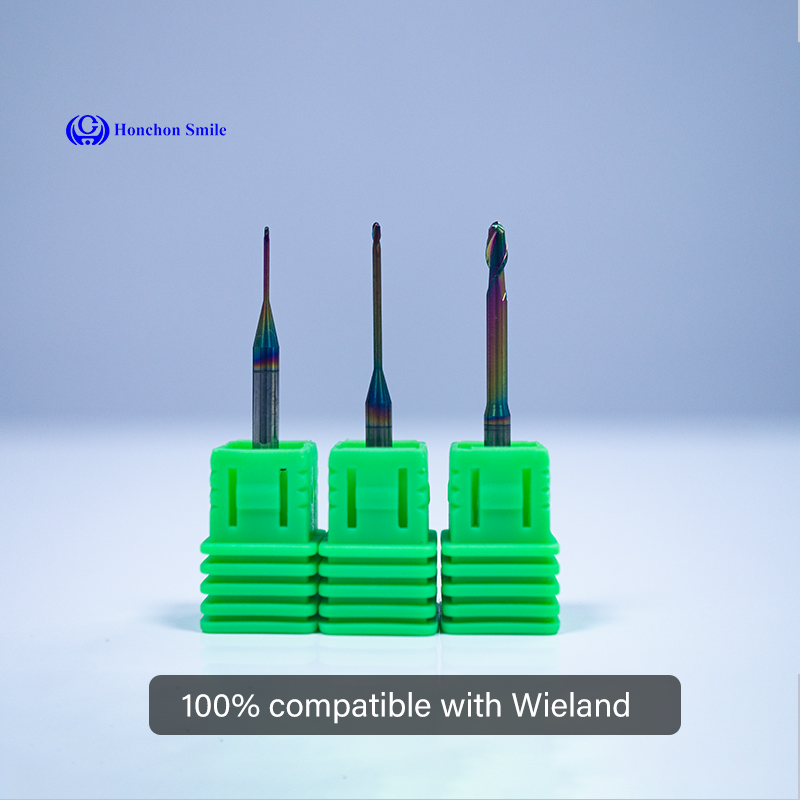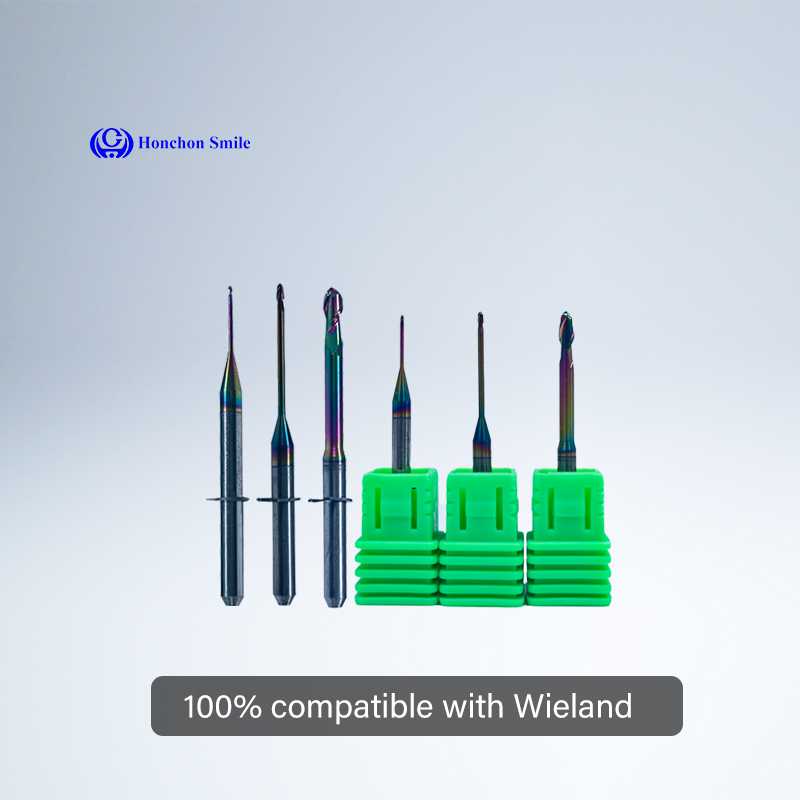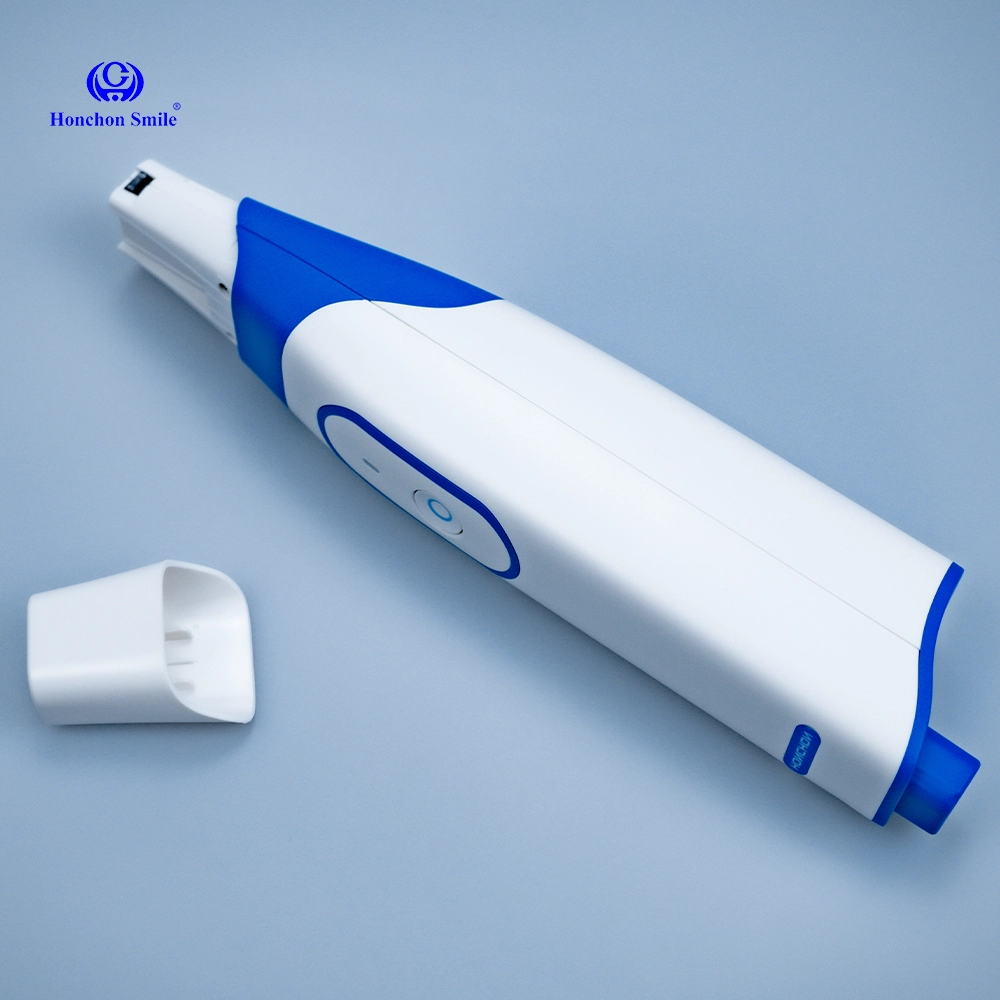Dental Milling Burs: Precision Tools for Efficient Dental Restoration
2025-07-07
Introduction
In digital dentistry, achieving accurate, high-quality restorations depends not only on powerful milling machines and advanced materials, but also on the precision and durability of the dental milling burs. These small yet critical tools are responsible for the actual cutting process during the milling of zirconia, PMMA, wax, metal, and glass ceramics. Choosing the right dental milling bur is essential for ensuring smooth surface finishes, accurate margins, and long tool life. This article explores the types, coatings, and applications of milling burs used in dental CAD/CAM workflows, helping labs and clinics make informed decisions for optimized performance.
What Are Dental Milling Burs?
Dental milling burs are rotary cutting instruments designed to carve dental restorations from a variety of materials. They are typically made of tungsten carbide or diamond-coated steel, and are manufactured with specific geometries, lengths, and diameters to match the requirements of different milling machines and materials.
Dental milling burs are categorized based on:
Material compatibility (zirconia, PMMA, wax, metal, glass ceramics)
Shank type (VHF, Roland, Amann Girrbach, Sirona, etc.)
Coating (to extend tool life and improve cutting performance)
Diameter (commonly 0.6mm, 1.0mm, 2.0mm, 2.5mm, etc.)

Key Advantages of High-Quality Milling Burs
1. Precise Cutting and Surface Quality
Sharp, well-balanced milling burs allow for smooth, accurate cuts with minimal vibration. This results in restorations with clean margins, natural anatomy, and reduced need for manual adjustment.
2. Material-Specific Designs
Burs are optimized for different materials:
Zirconia burs are reinforced for strength and typically coated to reduce wear.
PMMA burs feature sharper geometries to avoid melting and smearing.
Glass ceramic burs often use diamond grit to handle the hardness of lithium disilicate or leucite ceramics.
3. Extended Tool Life with Coatings
Advanced coatings such as:
DC (Diamond Coated)
DLC (Diamond-Like Carbon)
RC (Resin Coated)
help reduce friction, heat generation, and material build-up, significantly extending tool life—especially in dry milling systems.
4. Compatibility with Major Systems
High-quality milling burs are manufactured to be compatible with:
Roland
VHF
Amann Girrbach
imes-icore
Sirona / Dentsply
OPEN system machines
This ensures seamless integration with your existing equipment.
5. Cost-Effective Performance
Durable burs minimize breakage and reduce the frequency of replacement. Efficient cutting also shortens milling time, which helps labs save on labor and increase daily output.

Common Applications in Dental Milling
| Material | Recommended Bur Type | Typical Coating | Notes |
|---|---|---|---|
| Zirconia | 1.0mm, 2.0mm ball burs | DLC / DC | High hardness and wear resistance |
| PMMA / Wax | Sharp-end burs | Uncoated | Low heat, smooth cutting |
| Glass Ceramic | Diamond grit burs | Diamond-coated | For lithium disilicate, high precision |
| Metal (CoCr/Ti) | Flat-end, long neck burs | Special coating | Requires strong torque and cooling |
Choosing the Right Milling Bur
When selecting a milling bur, consider the following:
Material to be milled (choose material-specific burs)
Milling machine compatibility (check shank size and length)
Required precision (smaller diameters for fine details)
Production volume (coated burs for high-frequency use)
Dry vs Wet milling (DLC coatings perform better in dry systems)
HONCHON offers a full range of zirconia, PMMA, glass ceramic, and metal milling burs with multiple coatings and sizes, compatible with most major dental milling machines.
The Future of Dental Milling Burs
As dental materials continue to advance and chairside milling becomes more popular, tool performance is increasingly important. Future trends include:
Longer-lasting nano-coatings
AI-driven wear monitoring systems
Bur identification chips (RFID/barcode) for smarter tool management
Multi-layer bur sets for automated material switching
With rising demands for speed and precision, dental milling burs are becoming smarter and more integral to the success of digital restorations.
Conclusion
Dental milling burs may be small in size, but their role in modern dentistry is massive. They determine the quality, speed, and accuracy of every milled restoration. By selecting the right burs based on material, machine, and workload, dental labs and clinics can ensure consistent high performance and reliable results.
Whether you're milling a single zirconia crown or a full-arch PMMA prosthesis, the right bur makes all the difference.


